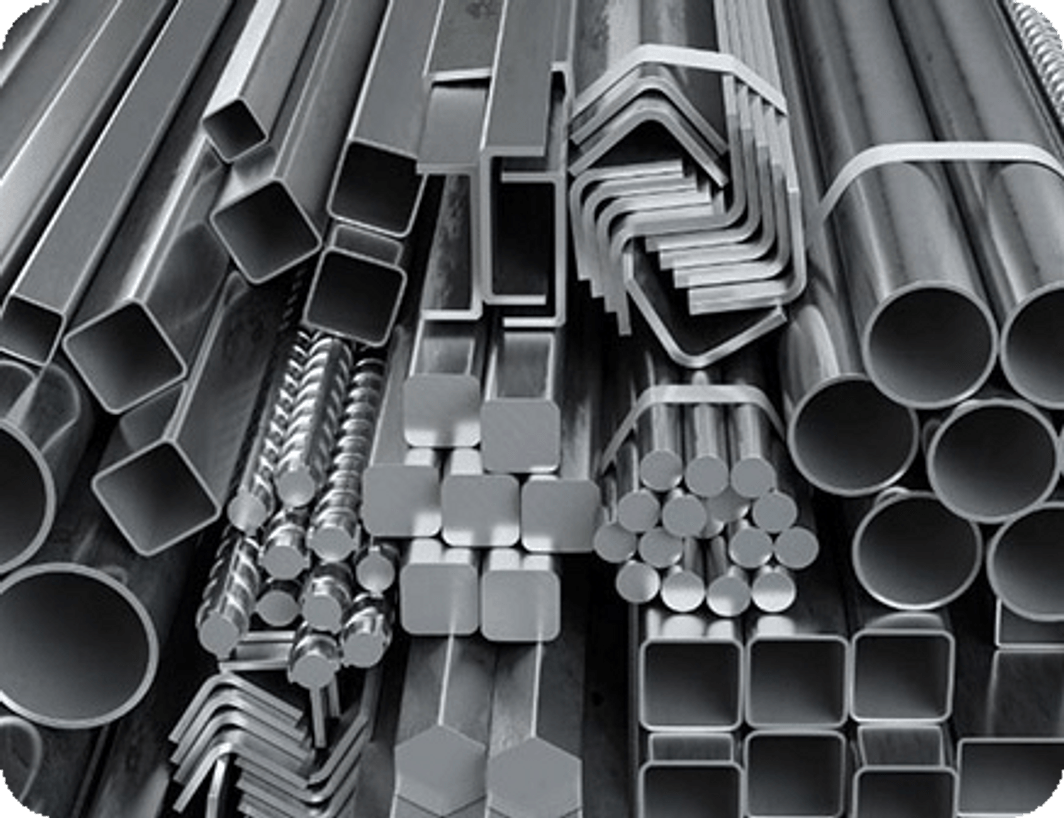Aluminum extrusion stands as one of the most versatile and efficient methods for shaping aluminum into complex profiles used in a multitude of industries. From architectural structures to automotive components, the process of extrusion offers unparalleled flexibility and precision. Join us as we delve into the world of aluminum extrusion, exploring its various methods, advantages, and wide-ranging applications.
Understanding Aluminum Extrusion
Aluminum extrusion is a manufacturing process that involves forcing heated aluminum alloy through a die to create specific shapes with a constant cross-section. This process allows for the production of intricate designs and profiles that are not easily achievable through traditional manufacturing methods. The key components of an extrusion system include:
- Billet: The raw material used in extrusion, typically in the form of cylindrical logs or billets composed of aluminum alloy.
- Extrusion Press: The machinery responsible for applying pressure to the billet, forcing it through a die to shape the aluminum into the desired profile.
- Die: A specialized tool with an aperture through which the aluminum is extruded to create the desired cross-sectional shape.
Methods of Aluminum Extrusion
Direct Extrusion
In direct extrusion, the billet is placed in a chamber within the extrusion press, where it is heated to a temperature suitable for extrusion. A ram applies pressure to the heated billet, forcing it through the die to create the desired profile. Direct extrusion is the most common method and is ideal for producing simple, solid shapes.
Indirect Extrusion
Indirect extrusion involves placing the die in the chamber and securing the billet to the end of the ram. As the ram moves forward, it pushes the billet through the stationary die, resulting in the extruded profile. Indirect extrusion offers greater control over the extrusion process and is often used for producing complex hollow profiles.
Advantages of Aluminum Extrusion
- Design Flexibility: Aluminum extrusion allows for the creation of intricate profiles with precise dimensions, enabling designers to achieve complex geometries and custom shapes.
- Cost Efficiency: Extrusion offers high production rates and minimal material waste, making it a cost-effective manufacturing solution for both large and small-scale production runs.
- Lightweight and Durable: Aluminum extrusions possess a high strength-to-weight ratio, making them ideal for applications where lightweight yet durable materials are required, such as in the aerospace and automotive industries.
- Corrosion Resistance: Aluminum naturally forms a protective oxide layer, providing excellent corrosion resistance, making extruded aluminum suitable for outdoor and marine applications.
Applications of Aluminum Extrusion
Aluminum extrusions find applications across a diverse range of industries, including:
- Architecture and Construction: Extruded aluminum profiles are commonly used in the construction of architectural facades, window frames, doors, and curtain walls due to their lightweight, strength, and corrosion resistance.
- Automotive: In the automotive industry, extruded aluminum components are used in vehicle structures, chassis, engine parts, and heat exchangers to reduce weight and improve fuel efficiency.
- Electronics: Extruded aluminum heat sinks are utilized in electronic devices to dissipate heat generated by electronic components, ensuring optimal performance and reliability.
- Consumer Goods: From furniture to household appliances, extruded aluminum profiles are employed in various consumer products for their aesthetic appeal, durability, and versatility.
Conclusion
Aluminum extrusion stands as a cornerstone of modern manufacturing, offering unparalleled versatility, efficiency, and performance across a wide range of applications. Whether shaping architectural structures, automotive components, or consumer goods, the precision and flexibility of extruded aluminum profiles continue to drive innovation and push the boundaries of design possibilities. As industries evolve and demand for lightweight, durable materials grows, aluminum extrusion remains poised to meet the challenges of tomorrow's manufacturing landscape.

